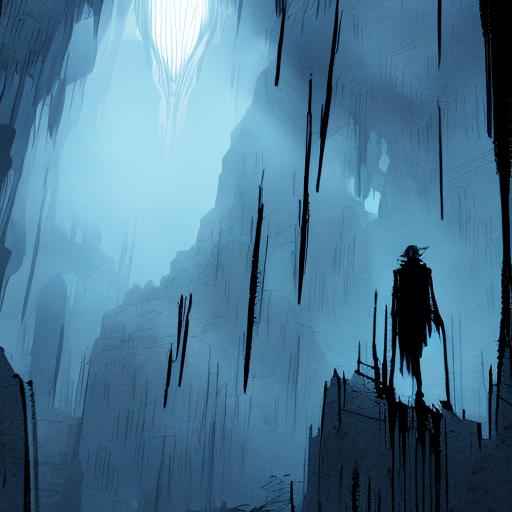The Pit and the Pendulum: A Terrifying Tale of Survival
In “The Pit and the Pendulum,” Edgar Allan Poe takes readers on a chilling journey through the mind of an unnamed narrator who finds himself trapped in a dark and torturous prison during the Spanish Inquisition. As he battles against his own fears and the horrors of his surroundings, the narrator must find a way to survive and escape certain death. With themes of fear, suspense, and the indomitable human spirit, this classic short story continues to captivate readers with its haunting imagery and psychological depth.
A Descent into Darkness
The story begins with the narrator awakening in complete darkness, disoriented and unsure of his surroundings. As he explores his prison, he discovers a deep pit in the center of the room, which threatens to swallow him whole. The pit symbolizes the unknown and the depths of despair, representing the narrator’s fear and uncertainty.
The Pendulum of Death
As if the pit were not enough, the narrator soon faces an even more terrifying threat: a swinging pendulum that descends closer and closer to his body with each passing moment. This pendulum represents the inevitability of death and the relentless passage of time. The narrator must use his wits and resourcefulness to escape the pendulum’s deadly path.
A Triumph of the Human Spirit
Despite the overwhelming odds stacked against him, the narrator refuses to succumb to despair. He devises a plan to escape the pendulum by smearing food on the ropes that bind him, attracting rats to chew through his restraints. Through his resourcefulness and determination, the narrator manages to free himself just moments before the pendulum would have claimed his life. This act of survival showcases the indomitable human spirit and the will to live, even in the face of unimaginable horrors.
- The power of fear: Poe explores the depths of human fear and its ability to consume and control the mind.
- The triumph of the human spirit: The narrator’s resilience and resourcefulness in the face of certain death highlight the strength of the human will.
- The symbolism of the pit and the pendulum: These two elements represent the unknown, despair, and the inevitability of death.
“I saw that the decrees of what to me was Fate, were still issuing from those lips. I saw them writhe with a deadly locution. I saw them fashion the syllables of my name; and I shuddered because no sound succeeded.”
In “The Pit and the Pendulum,” Edgar Allan Poe masterfully weaves a tale of terror and survival that continues to captivate readers to this day. Through vivid imagery and psychological depth, Poe explores the themes of fear, the triumph of the human spirit, and the symbolism of the unknown and the passage of time. This classic short story serves as a reminder of the power of the human will to overcome even the most dire circumstances. So, brace yourself for a journey into the depths of darkness and prepare to be enthralled by the chilling tale of “The Pit and the Pendulum.”












